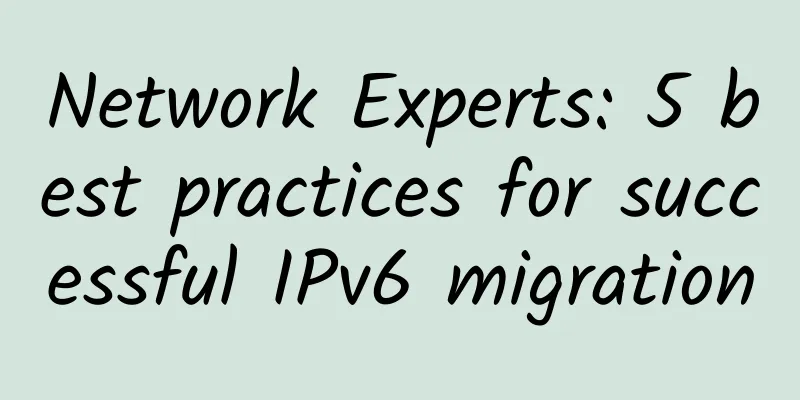New space age opens opportunities for edge computing

|
Satellite communications are starting to become feasible in the future for several situations: extremely remote areas, and situations where all our communications technologies have failed. You'll notice in movies that when things go terribly wrong -- aliens attack or a meteor hits the Earth -- presidents or leaders of nations still have a way to communicate. Or when people are on an expedition mountaintop or in the middle of a dessert, they can still call home. Satellite phones are how they work.
Next generation communication technologySatellite communications are not a new technology. The first artificial satellite was Sputnik 1, launched from the Soviet Union in October 1957. Telstar, launched by the United States from Cape Canaveral on July 10, 1962, was the first satellite to successfully relay communications signals between two very distant points on Earth. Essentially, it was a relay station high in orbit, rather than on the ground. Although its life span was less than a year, Telstar played a vital role in shaping the development of satellite communications. Fast forward 60 years. We see that satellites may be the next generation of communications technology, and it's closer than you think (literally and figuratively). People may be familiar with Elon Musk of Tesla and his other company SpaceX's rocket Starship, a reusable transportation system designed to carry crew and cargo to Earth orbit, the moon, Mars, and beyond. However, SpaceX has another mission - to serve the unmet demand for broadband connectivity around the world. Last month, SpaceX launched 60 more Starlink communications satellites into orbit, bringing the total number of satellites in low Earth orbit to 784. The company aims to have more than 1,000 satellites in orbit by the end of this year, and it has also received approval from the Federal Communications Commission to launch more than 100 satellites. A total of 12,000. SpaceX is approaching the magic number 800, which they believe will give them global coverage. They are launching a beta test of a broadband service at 50Mbps and $99 per month, but beware of "brief periods of no connectivity." In very remote areas, Starlink will be "better than nothing." Over time, the company will increase speeds to an impressive 1Gbps or more -- or 5G-like speeds. Open Opportunities for Edge Computing Data Center DeploymentsThese types of speeds and the ability to “cut the cord” over land-based communications open up tremendous possibilities for edge computing data center deployments. One of the main challenges of edge deployments is access to high-speed network connections, especially in remote areas. However, this problem will disappear when 12,000 low-orbit satellites are launched into space. Cloud computing service providers are actively looking to extend their reach to the local edge. While the idea of an edge "tethered cloud" is very new, it is now possible to have an edge-intensive hybrid computing architecture that will be connected via space rather than physically connected. Microsoft recently announced Azure Space, a series of partnerships with space-related companies including SpaceX, for the Starlink satellite constellation to communicate between Microsoft's traditional data centers and the company's modular edge data centers. The data centers can securely store, compute, and analyze data in areas where traditional high-speed communications are not available. Amazon Web Services has entered the game with its $10 billion Project Kuiper, a constellation of 3,236 satellites. It will be a major competitor to the Starlink constellation launched by SpaceX and an important addition to the AWS ecosystem, which already provides cloud computing, data analysis, and machine learning services. The New Space Age Holds Huge Potential for AdvantagesThese low-orbit satellite deployments have the potential to drive the world’s digital transformation. They open up tremendous opportunities to enable future technologies through a combination of high-speed wireless communications and unrestricted edge computing. |
<<: Serverless Engineering Practice | Tips for Optimizing and Debugging Serverless Applications
>>: North American 5G connections grow 67% in one year
Recommend
DiyVM: 50% off VPS in the US/Japan/Hong Kong, 2G memory package for 50 yuan per month
DiyVM is an early Chinese hosting company, founde...
What is 5G IoT?
What is non-cellular 5G? I imagine most readers a...
Internet speed is getting slower and slower? The router is the key!
Internet speed is getting slower and slower? The ...
Which broadband operator do you use at home?
My hometown is in the rural area of Hebei. My b...
Stop saying you can’t afford data. Check out the N ways to unlock 5G packages
Hu Jianbo, chief engineer of the China Academy of...
Aryaka: Providing a global network "highway" for multinational enterprises
Gary Sevounts, Aryaka's chief marketing offic...
One minute to show you: the complete process from entering a URL to displaying the page
Preface: Do you really understand your daily Inte...
Summary of the "thread" model in IO flow
1. Basic Introduction In the IO flow network mode...
In the tug-of-war between NetOps and SecOps, what role does SD-WAN play?
Connectivity across campus, branch, cloud, and ed...
ProfitServer has opened 4 new data centers in Hong Kong, starting from $5.77 per month for 100M unlimited traffic
ProfitServer sent a new email a few days ago, say...
5G technology can now read human emotions in public areas
[[403225]] The birth of a new and influential 5G ...
Microsoft drops OneDrive sync support for older versions of macOS
On August 8, Microsoft announced that they will d...
Analysis of the Four Major Disaster Recovery Technologies in Data Centers
Disaster recovery technology means that when a da...
Based on human-machine intelligence, protecting enterprise-level security! Sangfor launches security hosting service
[51CTO.com original article] In recent years, cyb...









![[Black Friday] Zgovps: $12.9/year-1GB/20GB/2TB/Japan IIJ/Germany/Los Angeles AS4837, etc.](/upload/images/67cabcf94e758.webp)